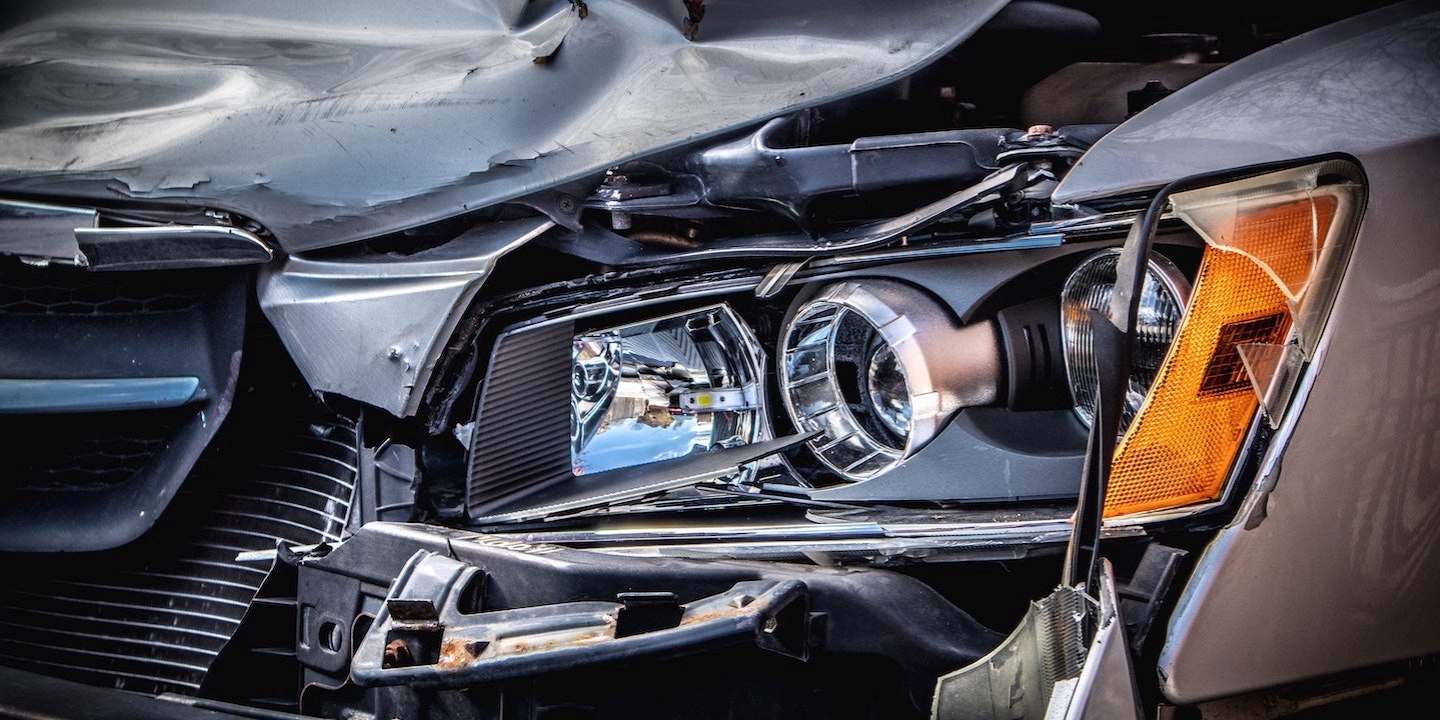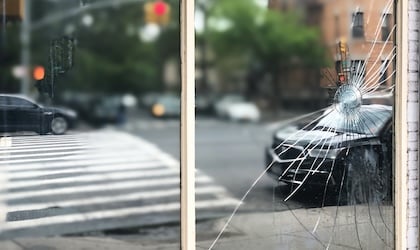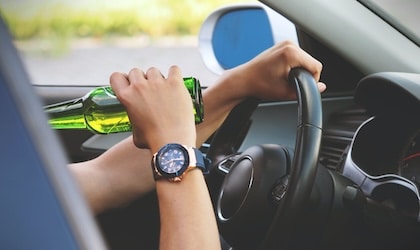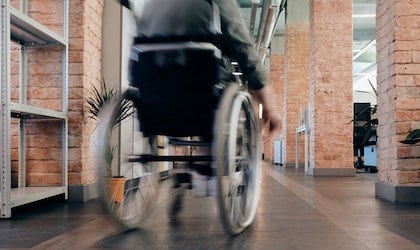Motor vehicle accidents can be overwhelming. You may be worried for yourself, your passenger or even the other driver. You may even be concerned with the damage to your car. In the heat of the moment, it is not easy to figure out what to do.
Below are 12 steps designed to help you navigate the immediate aftermath of a motor vehicle accident.
1. Call 911 if you are critically injured. If you are not able to, stay still and calm, and ask someone to call on your behalf.
If you are not critically injured, take the time to check yourself and anyone else in the car with you. Make sure everyone is safe. Try not to rush anything and take your time following the next steps.
Stay calm. Do not leave the scene of the accident as it is against the law to leave the scene of the accident. Under the Highway Traffic Act, each party to the accident must provide details to all other parties involved.
Avoid confrontation with any other party involved in the accident as any overt emotional reaction or confrontation could be surveilled or recorded and used against you at a later time, especially if you choose to pursue a claim.
2. Do not admit responsibility for the accident to anyone.
Many auto insurance policies indicate that you should not admit liability at the scene of an accident. This information is indicated on your auto insurance policy pink slip. Admissions made at the scene of an accident can be used against you. Be sure to clarify any inadvertent admissions or speak to your insurer about what recourses you may have.
3. Take pictures or videos of the scene.
Take pictures or videos of license plates and damage to all vehicles involved. Photographs of license plates can be used to help you later identify the parties involved in an accident.
You may need this information if you proceed with litigation. Photographs of property damage can act as:
a) evidence of the damage to your motor vehicle; and,
b) help rebut suggestions that the accident was minor and should not have caused significant injury.
c) rebut suggestions from defendants that their vehicle was not involved in the accident.
4. Exchange information with the other driver.
Use a cell-phone camera to take pictures of ID, and policy and ownership slip to get information quickly and accurately. Important pieces of information include:
- The other driver’s name;
- The driver’s address;
- Their telephone number;
- Their license number;
- Their auto insurance carrier name and policy number;
- Vehicle identification numbers; and,
- Ownership details; also,
- Be sure to take names and addresses of any passengers in the other driver’s car.
Your insurer will often ask you for many of these details. A cellphone allows you to store policy and ID details easily and quickly.
Details such as the driver’s name, address and the owner’s name and address and policy details are important for litigation purposes: The ownership details are instrumental in identifying the owner of the motor vehicle, who may be vicariously liable for a negligent driver’s conduct.
5. Check for possible eye-witnesses and obtain their name and contact information.
Eyewitnesses may be able to report on their recollection of the accident. This is important in cases where there are liability concerns: For example, Driver X might allege that Driver Y attempted an improper left turn, whereas Drive Y might suggest that Driver X sped through a red light. Eye-witness evidence can help reconcile conflicting party accounts or can support one party’s account of the incident.
6. Report the accident to the police.
If the police have not attended the scene, the damage to either vehicle is less than $1,000.00, and no one is injured, then you may report the accident at the self-reporting collision centre within the jurisdiction of the accident. A list of self-reporting collision centres and their addresses are included here (link to a page with these addresses for the blog).
If the damage to either vehicle exceeds $1,000.00, or any person involved in the accident is injured, then call 911 and wait for police and emergency services to attend the accident scene.
Reporting the accident provides you with a record of the report as circumstantial evidence that a collision occurred. If you fail to report the accident, then you may not have access to this record.
It may be difficult for you to recall the precise nature and aftermath of the accident without a report to jog your memory. Reporting the incident once the details are fresh in your mind may help generate an accurate record of the accident.
Many insurance companies also request copies of the motor vehicle accident report or self-reporting collision report.
7. Inform your insurance company of the accident.
You may let your auto insurer know that you have been involved in a motor vehicle accident by simply calling the insurance contact number indicated on the back of your auto insurance slip. Your insurance company will help you sort out tow-truck services and emergency car-rentals, and what to do with car after accident.
8. Consider ambulance or emergency care if you need it.
Stop and think about yourself and your symptoms for a moment. Consider whether your injuries warrant emergency treatment.
9. If you are unable to manage any of the steps 1-8 at the accident scene due to the nature of your injuries, then don’t worry. Seek medical help.
You may tend to steps 1-8 as soon as you are able.
10. Don’t postpone medical care if you need it. Call your doctor or a walk-in clinic if you feel pain.
Perhaps you did not receive emergency treatment at the scene of the accident. Perhaps your symptoms of increased since the accident. Stop and think about what you are experiencing now that you are home. Call your doctor if you are experiencing pain.
11. Write down the details of the accident.
While after an accident you may be pumping with adrenaline and feel flustered, remain calm and write what you remember as this will be important for a personal injury lawsuit. Do this as soon as possible, while the memories of the accident are still fresh in your mind. Some details to include are:
- A sequence of events;
- The make and color of vehicles involved;
- A description of the drivers and/or passengers involved in the accident;
- The names of witnesses and their descriptions; and,
- Details on the weather conditions, road conditions and the speed of the vehicles involved in the accident.
12. Report the full details of the accident to your insurance company.
Step 11 will help you provide your insurer with a wholesome account of what happened. Your insurer will need the details of the accident to help sort out any property damage payments and liability issues.
These twelve simple steps may help you after a car accident and what to do. If you have concerns about any of these steps, if you have missed a step or are concerned about the nature of your injuries, then go ahead and call or email us at info@gosailaw.com and 905-595-2225. We are here to help.











